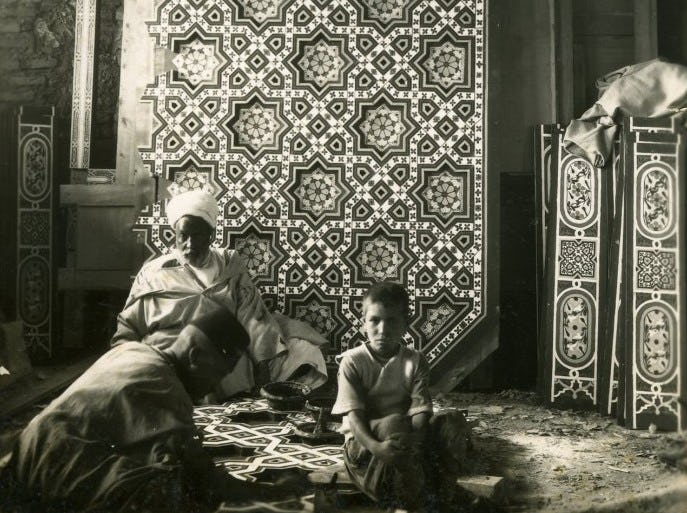Colored Glass Tea Cup Holder with Floral Motifs
Date19th century
MediumColored glass, silver, copper alloy
DimensionsOverall: 2 3/4 x 2 3/8 in. (7 x 6cm)
ClassificationsGlass
Object number46.5
DescriptionIn India, the history of tea is steeped in colonialism. The demand for tea — in order to bypass their reliance on trade with China — led the British East India Company to search far and wide for a climate conducive for the Camellia sinensis, or tea plant. In 1823, a variety of this plant was discovered growing naturally in the region of Assam, where it was cultivated by the indiginous Singpho people. Prospective growers rushed to acquire land from the East India Company, which had acquired Assam in 1826. Because the local populations were not interested in participating in the grueling labor of tea plantations, indentured laborers called “tea coolies” were put to work under exploitative conditions. By 1888, Indian tea surpassed Chinese tea in exports to England and became the primary source of revenue of the East India Company, helping it to colonize and govern India.On View
On viewCollections
19th century
20th century
20th century
20th century
20th century
20th century
late 19th century
Late 19th century
Late 19th century
















